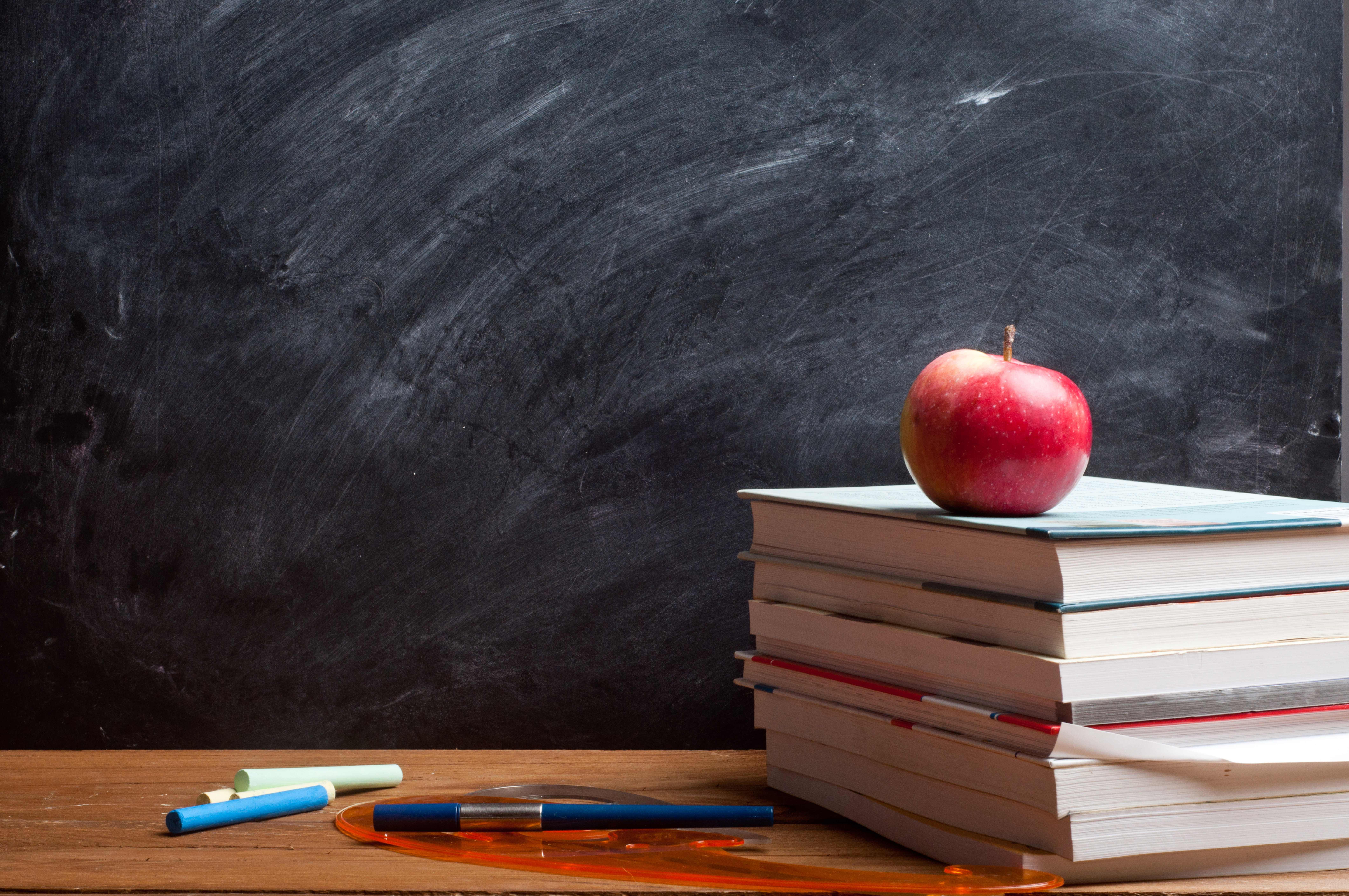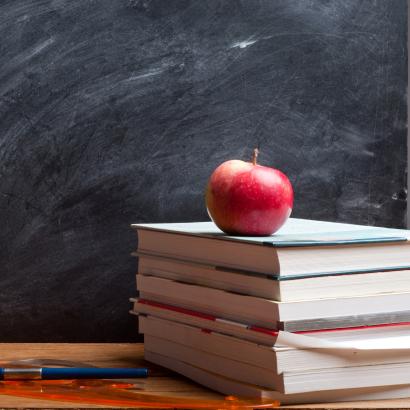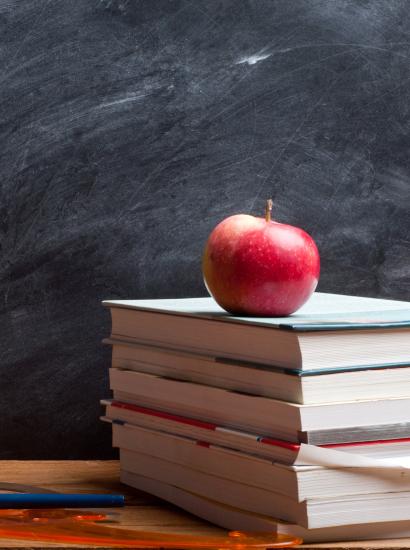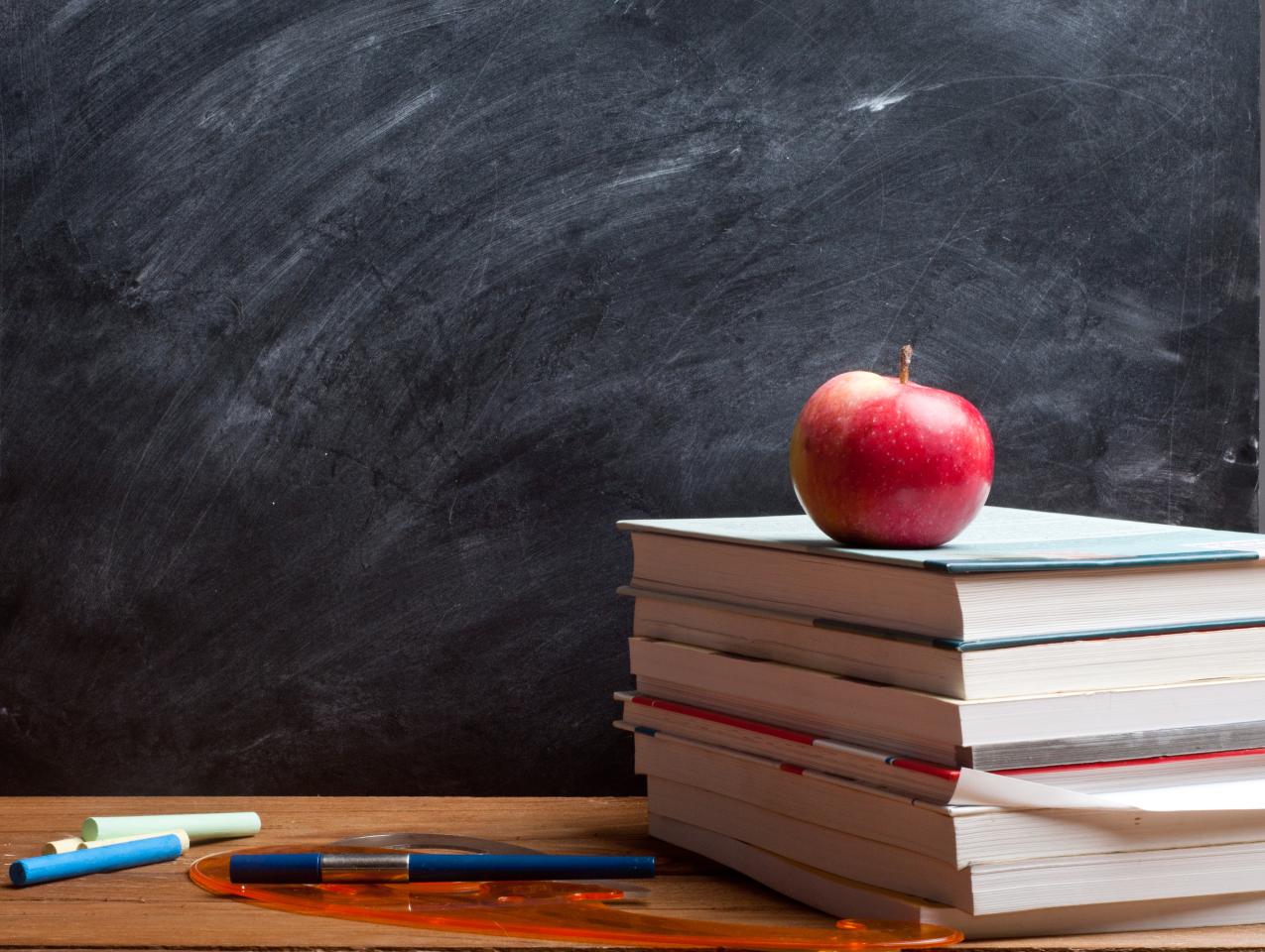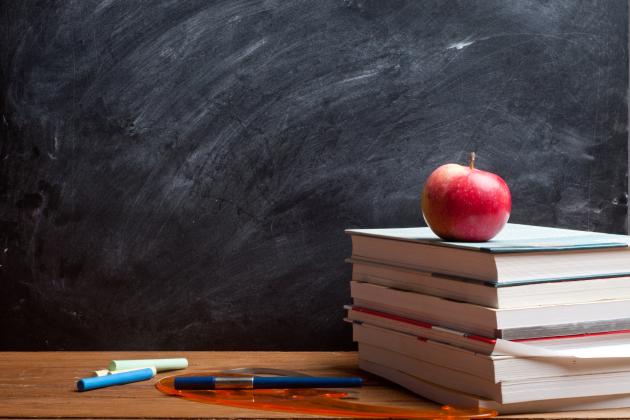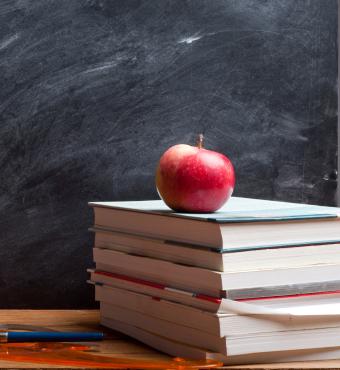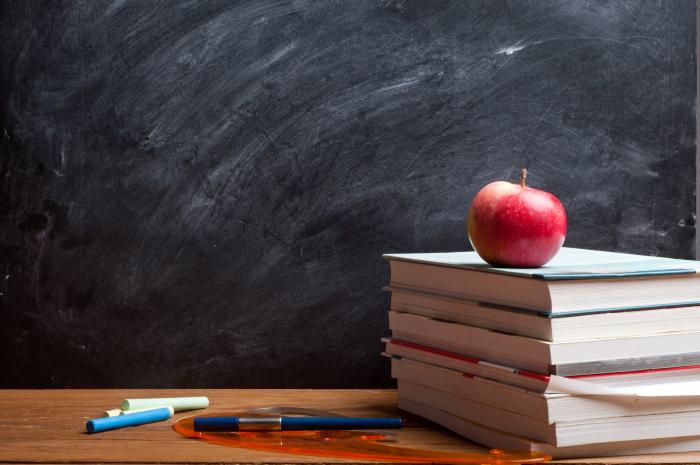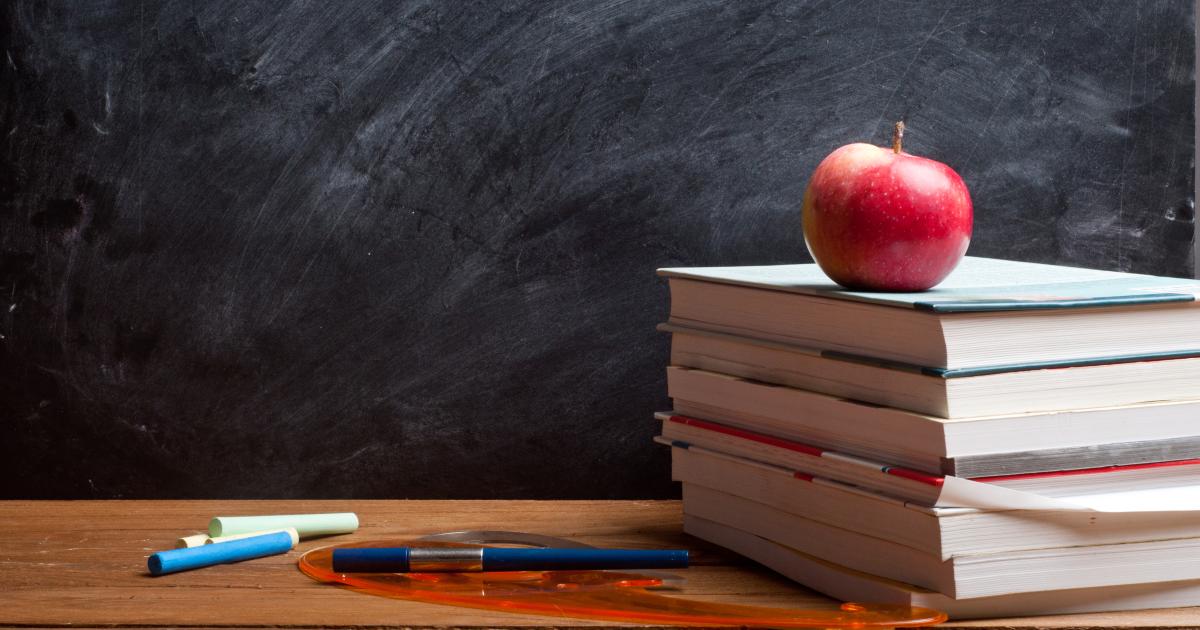This week is Charter School Week! Charter schools have always been important, but the pandemic and its associated school closures brought charter schools’ relative flexibility into sharp contrast with traditional public schools.
Part 1: Giving Parents and Students Choice
One of the main issues with public schools is that they lack competition.
While there are many reasons why public education performs poorly in the United States, the overriding cause is that it operates as a monopolistic system. Public schools have a monopoly on education that children are forced to attend. Public education can be improved through expanding the supply of schools, empowering parents, and diversifying within the existing monopoly.
Education is one area where improvement is genuinely in all of our interests. Charter schools give parents more choice as to where and how their children are educated.
Macke Raymond shows how the monopoly schools have on education is responsible for the school systems failure:
The decentralization of the schooling system allows for parents and children to choose a school that they feel will do a better job at providing a good education. Milton Friedman explains the importance of decentralizing schools:
Throwing money at public schools in the hope that they will improve did not work in the past, nor will it work today. Decentralizing schools, however, allows different types of schools to compete with each other for students. The competition between schools does what simply increasing spending cannot: it pushes all schools to attract students and parents by performing well. Friedman demonstrates this here:
In this article, visiting fellow Michael Petrilli provides evidence that charter schools don’t just do well, they make public schools do better:
Studies conducted by Stanford University in 2015 and 2019 found that charter school students in Nashville and Memphis gained more days of reading and math instruction than students who attended traditional public schools in the same districts.
But a more recent study reveals something interesting: The gap between students in Memphis charter schools and those in traditional public schools has narrowed considerably. This could be evidence that the presence of charters motivated the district to improve.
If so, it aligns with at least a dozen academic studies that show competition from charter schools has positive effects on the academic achievement of students who remain in traditional public schools.
Part 2: Why Charter Schools Do Well
What causes some charter schools to excel? The answer lies in the fact that charter schools are held accountable by the students, their parents, and the authorizations they receive from the state. If the students aren’t content with the charter, parents will take their children elsewhere. Public schools, on the other hand, are only held accountable by distant bureaucrats who are content as long as the school performs close to the average and complaints are minimized.
As Chester Finn, Jr. puts it:
While autonomous in many ways, charters are ultimately accountable to public authority. They’re a new species of school, but they remain public schools, open to all comers, paid for by taxpayers and licensed by the state. If they fail to meet standards of academic performance and fiscal soundness, charters—unlike district schools—are supposed to be closed or restarted under fresh leadership. More than 1,200 charters closed between 2010 and 2015 even as more opened.
Furthermore, charter schools do well because they lack the bureaucratic standardization of public schools, allowing them to be far more flexible. Their flexibility and accountability to the students is why some charter schools perform exceptionally well. Raymond explains why in this video:
A CREDO study of charter schools’ response to the pandemic in three states found that charter schools took an average of 3.5 days to restart full-time instruction compared to traditional districts catching up two months later. Charter schools appear to be better suited to help students recover from their pandemic-related learning losses compared to traditional public schools. That’s why opening the door to school choice and more charter schools is so vital.
Part 3: How Charter Schools Help Educational Inequality
Charter schools are leading the way in improving public education in America, especially for students who are traditionally underserved. Charter school students in urban areas and in schools run by charter management organizations show strong learning gains compared to their peers in district schools. This video with Raymond summarizes why charter schools are great at reducing educational inequality:
While the evidence on charter school outcomes is mixed, Thomas Sowell explains how it can be misinterpreted:
As Sowell explained, charter schools predominately serve minority students. Sowell provides data on the effectiveness of charter schools in educating poor minority students in his book Wealth, Poverty and Politics:
The KIPP ("Knowledge Is Power Program") network schools have more than 50,000 students in public charter schools across the country. Blacks constitute 58 percent of these students and Latinos 38 percent. Most of these students- 87 percent- are from families with incomes low enough to be eligible for federal free lunch or reduced-price lunch programs. At various grade levels, children educated in KIPP schools have scored higher on reading and math tests than students in their local school districts or in their state. Graduating seniors from KIPP high schools who take the SAT have an average score of 1373, the kind of score found among students admitted to the top tier of colleges.
As of 2013, according to the New York Times, children in the fifth grade in one of the Harlem academies in the Success Academy network of public charter schools "surpassed all other public schools in the state in math, even their counterparts in the whitest and richest suburbs." The following year, children in the Success Academy network of public charter schools as a whole scored in the top 3 percent in English and in the top 1 percent in math.
Hoover Institution senior fellow Paul E. Peterson’s recent study using data from the National Assessment of Educational Progress (NAEP) further confirms Sowell’s research:
Relative to district schools, the most striking gains at charters are for African-American students, who constitute about 30% of the charter-school student population nationwide. Even after adjustments for background characteristics, their achievement gains in eighth grade exceed those at district schools by about six months of learning. African-American student performance in fourth grade rose by an extra four months of learning. Progress at charters by white students was more measured. Gains for charter-school student cohorts were two months of learning above those in the district sector.
Eighth-grade student cohorts from poor families are also making more-rapid progress at charters than at district schools. The scores of those in the bottom 25% of the socioeconomic distribution increased nearly twice as much as those of students in the district sector.
Part 4: Conclusion
Charter schools have demonstrated their ability to respond to the needs of their students. Following the educational damage of the pandemic, charter schools and school choice are more vital than ever.






